Lion's mane jellyfish
The long mane of tentacles that stream out from the lion's mane jellyfish is stunning… literally! Look but don't touch when it comes to these jellyfish - they give a powerful sting.
Want to learn more about wildlife near you? You're in the right place, search below and discover the nature you can help protect in Kent.
The long mane of tentacles that stream out from the lion's mane jellyfish is stunning… literally! Look but don't touch when it comes to these jellyfish - they give a powerful sting.
This little cuttlefish really lives up to its name - it only reaches about 5cm long!
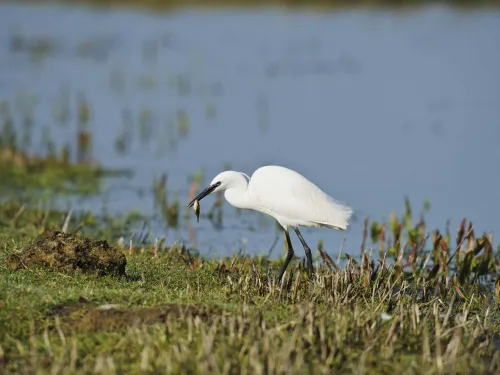
The elegant little egret was once a rare visitor to our shores, but can now regularly be spotted around the coastline of England and Wales. Look out for its beautiful neck plumes that herald the breeding season.
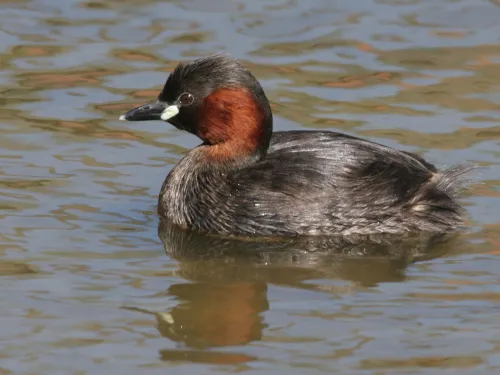
The little grebe is a fantastic diver, but to help it swim underwater, its feet are placed towards the back of its body, making it rather clumsy on land. It only really comes ashore to breed.
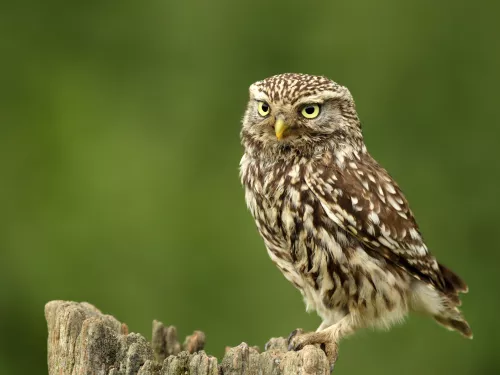
Introduced into the UK in the 19th century, the diminutive little owl can now be seen along hedgerows, on farmland and in parkland across England and Wales. It often perches on a pole or rock, looking out for its unsuspecting prey.
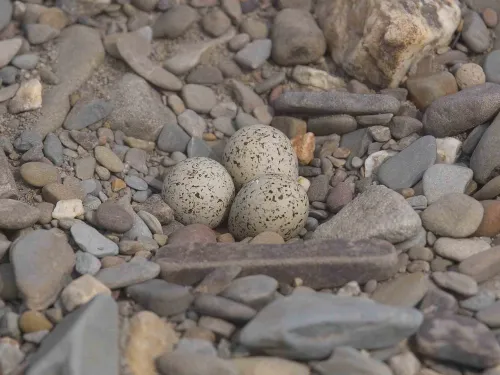
The little ringed plover first nested in the UK in 1938, but has since moved in happily! It has taken advantage of an increase in man-made flooded gravel pits, reservoirs and quarries that provide perfect habitats.
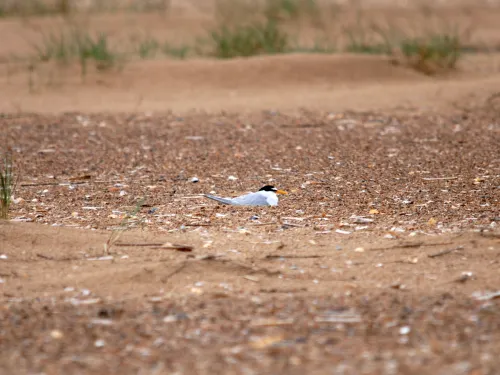
Found around our coasts during the breeding season, the little tern is a diminutive seabird. Despite its size, it performs remarkable aerial courtship displays.

The petals of the rare Lizard orchid's flowers form the head, legs and long tail of a lizard. They are greenish, with light pink spots and stripes, and smell strongly of goats! Spot this tall plant on chalk grasslands and dunes in the South East.
A well known inhabitant of UK seas, common lobsters can reach up to 60cm in length.
The London plane tree is, as its name suggests, a familiar sight along the roadsides and in the parks of London. An introduced and widely planted species, it is tough enough to put up with city life.
Masters of disguise, this species exhibits one of the best examples of camouflage you will find on the seashore!
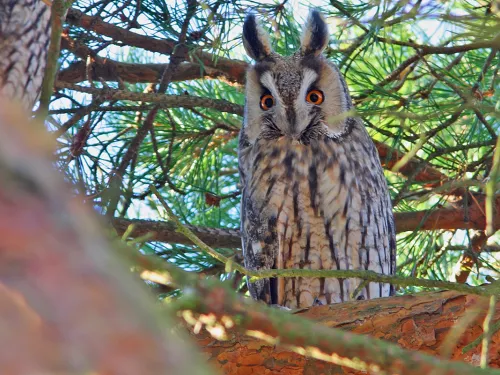
Unsurprisingly, the nocturnal long-eared owl sports large 'ear tufts' on its head, while the short-eared owl has much smaller ear tufts. A shy bird, it is best spotted around the coast when migrating, or in its communal winter roosts.